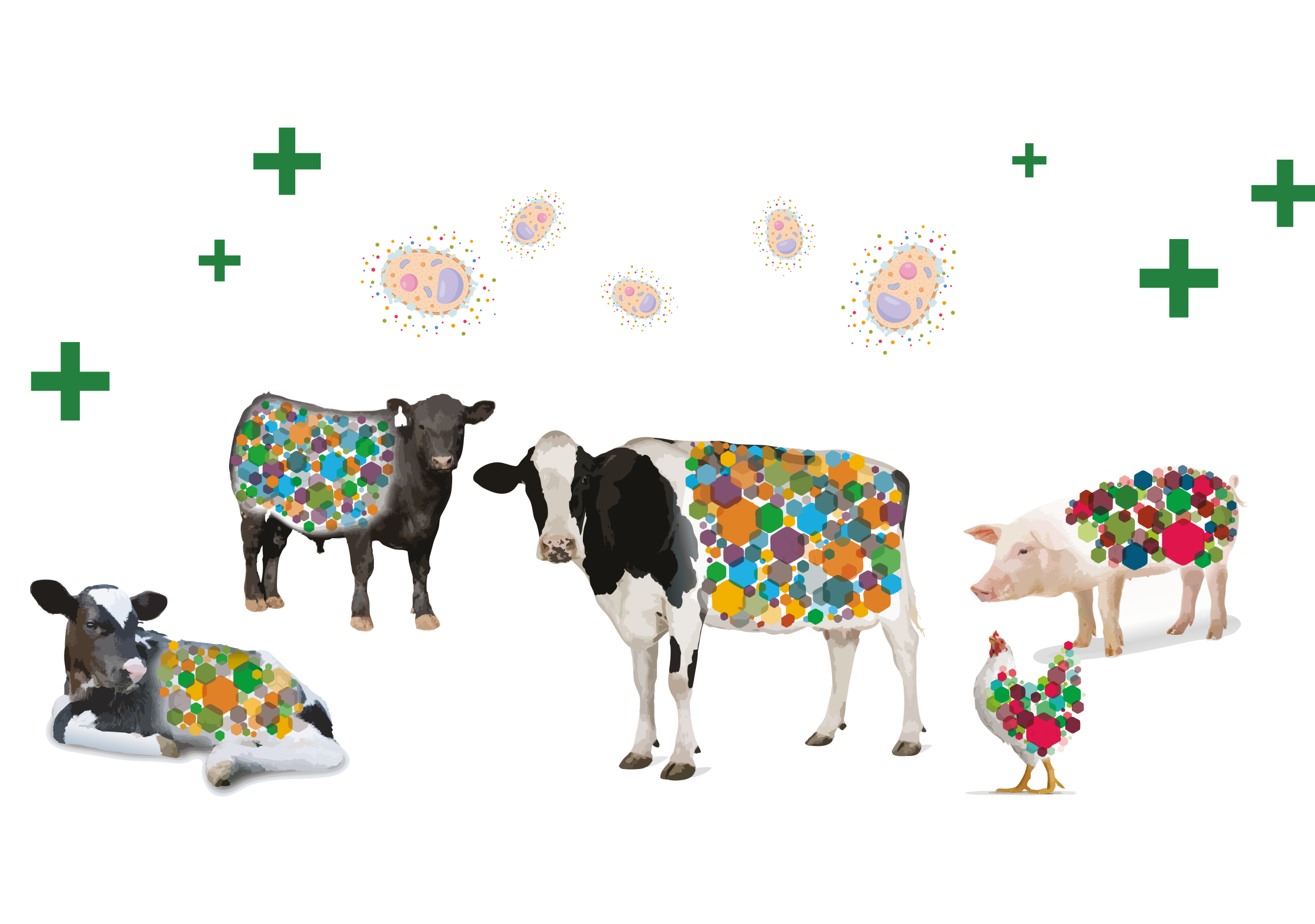The ability to manipulate single atoms and molecules would transform how we store and process digital information. This can be achieved using a cutting-edge technique named scanning tunnelling microscopy. Scanning tunnelling microscopes (STMs) are powerful imaging devices, which operate by holding a sharp metal tip less than one nanometre above a conducting sample. Through the effects of quantum tunnelling, electrons can pass through the tiny vacuum gap between the tip and the sample surface. Read More
By analysing the current generated by these tunnelling electrons, which is dependent on the size of the gap, researchers can obtain surface images and spectra. Excitingly, this technique can also be used to manipulate the quantum states of single atoms on a surface.
However, even when the setup is cooled to 1K (−272°C), its electrons can still experience thermal effects, which limit the performance of STMs. In addition, conventional STMs are not capable of manipulating quantum states in a coherent manner. This has held back the use of STMs in exciting applications such as quantum information processing and quantum sensing.
In a new study, Dr Yujeong Bae and her colleagues at the Center for Quantum Nanoscience at the Institute for Basic Science in Seoul, South Korea, overcome these challenges with a new design for a simple yet extremely stable STM. Their STM has ‘electron spin resonance’ capabilities, enabling them to probe and manipulate the quantum properties of atomic nuclei and electrons.
Dr Bae’s team equipped their new STM with high-frequency cables – one for the STM tip and one for an antenna. These high-frequency cables allow the researchers to inject microwaves into the gap between the STM tip and sample surface, to manipulate a quantum property of electrons and nuclei called ‘spin’. This setup allows them to apply multiple microwaves and radio-waves, across a wide range of frequencies and temperatures.
Using their new STM, the team could directly compare the spin signals of single atoms through the two cables. These signals remained stable even at an elevated temperature of 10 Kelvin. So far, this is the highest temperature achieved in this type of STM experiment.
Dr Bae’s team achieved all of this using a low-cost, homebuilt STM design, which could be relatively easily reproduced in science labs around the world, even on tight research budgets, by modifying existing STMs rather than purchasing a new system, which typically costs several million dollars each.
The team is now focusing on demonstrating quantum information processing and quantum sensing. If achieved, this could allow us to store and read out quantum information from individual atoms and molecules. Such an advancement would revolutionise the field of quantum nanoscience, potentially transforming our technologies in the coming years.







